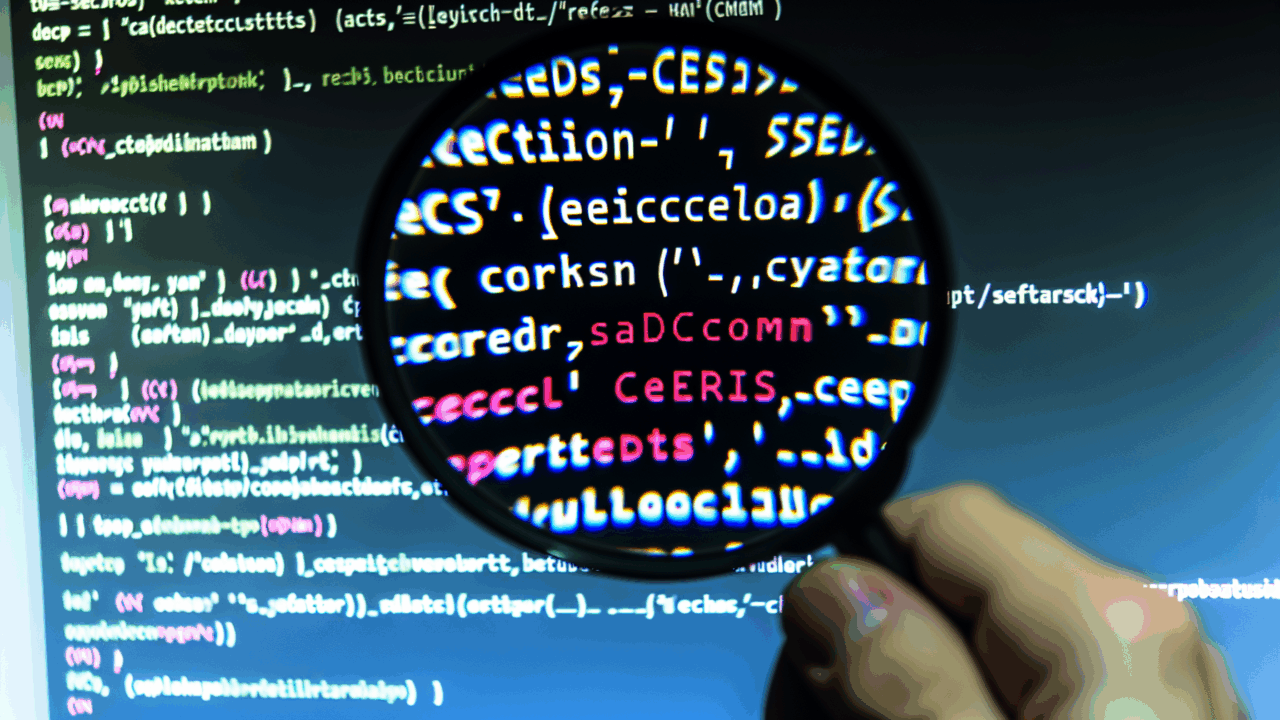Cybersecurity experts have turned their attention to a recently uncovered flaw in the widely-used Redis database. This article delves into the technical and security repercussions of this revelation.
Overview of the Redis Security Flaw
- The Redis security flaw is a critical vulnerability that allows for remote code execution (RCE) in multi-user environments.
- Identified as having a Common Vulnerability Scoring System (CVSS) score of 10.0, it is graded as the highest severity level.
- Exploiting this flaw, authenticated users can submit specially crafted scripts that, when executed, can lead to complete system compromise.
- Due to the nature of Redis as an in-memory data structure store, the vulnerability has widespread implications for data integrity and security.
- This vulnerability, discovered after 13 years, highlights the complexities in detecting deeply rooted code issues in long-standing, mature software projects.
Technical Breakdown of the RediShell Vulnerability
The critical exploit, now known as the RediShell vulnerability, hinges on a use-after-free condition within Redis. Attackers trigger it by strategically crafting a Lua script that interacts with Redis’s garbage collector. When the script executes, it first allocates memory for an object and then, through purposeful manipulation, persuades the garbage collector to prematurely deallocate it. However, subsequent operations by the script mistakenly continue to reference the now-freed object. This state of affairs can corrupt memory, offering an attacker the ability to execute arbitrary code. The risks are profound, potentially allowing complete server takeovers, data breaches, and lateral movements within networked environments. Addressing this vulnerability is crucial, as it could compromise not just individual databases but entire infrastructures that rely on Redis.
- It’s crucial for administrators to immediately update their Redis instances to the latest version that contains a patch for CVE-2025-49844, as this flaw has a maximum severity rating.
- Organizations should audit all deployments of Redis to ensure no instance is left unpatched, including those in development, staging, and production environments.
- Implement automated patch management tools to streamline and assure the consistent deployment of critical security updates in the future.
- Incorporate the use of firewalls and Access Control Lists (ACLs) to limit access to Redis instances from untrusted networks.
- Enforce regular vulnerability scans to detect any new potential exposure early on.
- Ensure that security teams are aware of and prepared for emergency patching procedures should another critical vulnerability be discovered.
- Proactive Security Measures: Regularly analyzing and updating software can prevent exploitation. Implementing continuous monitoring and automatic update systems may detect vulnerabilities before they become critical.
- Thorough Code Auditing: Redis’s vulnerability remained undiscovered for years. This underlines the need for comprehensive code reviews, especially with open-source projects where the collective expertise can be harnessed.
- Responsible Disclosure: The transparent and responsible reporting by the discoverers gave Redis time to address the issue before it was widely known, minimizing potential damage.
- Community Collaboration: Sharing information about vulnerabilities and defenses strengthens the entire ecosystem. Collaboration platforms for cybersecurity professionals are vital.
- Security as a Priority: The incident reinforces the necessity of prioritizing security in software development from the start, rather than as an afterthought.
Conclusions
The identification of this high-risk vulnerability in Redis highlights the importance of ongoing security audits and the necessity for rapid remediation measures in safeguarding digital infrastructure.
Source: https://thehackernews.com/2025/10/13-year-redis-flaw-exposed-cvss-100.html
